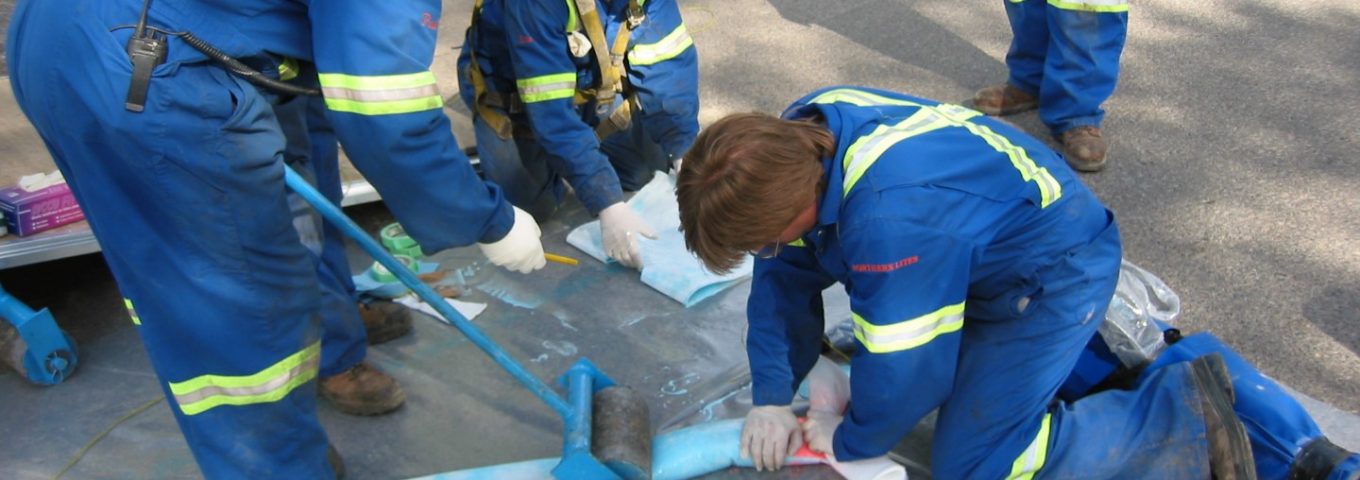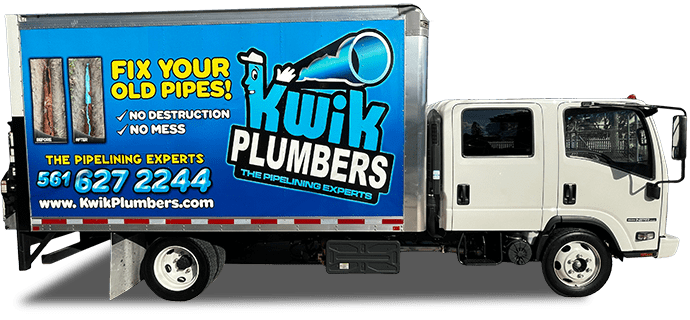Will Pipe Relining Stand the Test of Time?
Home /

In past eras, the first response to the broken and torn was to mend and patch. Curiously, pipes and plumbing are exceptions to that rule. Complete overhauls and replacements characterize the industry’s approach to broken plumbing. Such an approach obviously has drawbacks: lawns and concrete are dug up, businesses are shuttered until construction concludes, and costs quickly mount. Under these circumstances, a relatively new method called pipe relining, which is sometimes known as Cured-in-Place Pipe (CIPP), is gaining popularity.
Invented in 1971 by Englishman Eric Wood, pipe relining became available to the public in 1994. Its key ingredient is resin, and that resin’s most common varieties include epoxy, silicate, vinyl ester, and polyester (though polyester is rarely recommended). Instead of creating a large trench and ripping up chunks of piping, the pipe relining process runs a tube from the surface to the pipe and fills the interior of the pipe with resin. That resin sets and covers the damage, the tube is retracted, and life continues.
Pipe relining comes with a few noticeable advantages:
- It can perform spot repair and is therefore useful when dealing with root damage or small cracks.
- It’s cheaper.
- It’s more durable.
On the one hand, the manpower needed to insert the resin is less than that necessary for replacement, and the ability to pick and choose parts of the pipe to reinforce is an asset. On the other hand, copper pipes which are bolstered by resin lack the weaknesses of steel or copper. Steel pipes are adversely affected by water rich with minerals and copper is susceptible when exposed to some soil conditions. But copper injected with, say, an epoxy resin can last for decades longer than a replacement pipe.
Moreover, there are a number of intangible benefits. Businesses that suffer a pipe leak or drainage problems often take significant losses in profits: their hours and availability are altered by construction and the new pipes aren’t ready for immediate use. Pipe relining allows for use after the workers have gone home, and there are smaller losses in terms of sales and convenience. This makes pipe relining especially appealing to small business owners.
While cured pipes are less obtrusive, sturdier, and more affordable than their counterparts, they ask for more precision and finesse. Engineers must pay attention to the distribution of the resin, evaluating the damage and applying the resin appropriately. Buyers must be careful when assembling a team or picking a company. When it comes to resin and plumbing, carelessness can exacerbate problems and create new ones.
Contact Us for Your Plumbing Needs
For more information about our services or to obtain an estimate, reach out to us at Kwik Plumbers today. Feel free to call our team or fill out the form for an appointment. We look forward to hearing from you.

